
BIOPSY MATERIAL MEDIUM - LIPOMA / SCAR TISSUE
- 1280
BIOPSY - RENAL / SKIN WITH IMMUNOFLUORESCENCE
- 2400
BIOPSY BLOCKS / SLIDES FOR PROCESSING ON REQUEST (MORE THAN 10)
- 1440
BIOPSY BLOCKS / SLIDES FOR PROCESSING ON REQUEST (UPTO 4)
- 800
BIOPSY BLOCKS / SLIDES FOR PROCESSING ON REQUEST (UPTO 5-10)
- 1200
BIOPSY MATERIAL LARGE
- 2000
BIOPSY MATERIAL LARGE - AMPUTATIONS / DISARTICULATION
- 2000
BIOPSY MATERIAL LARGE - ANIMAL
- 2000
BIOPSY MATERIAL LARGE - BONE RESECTIONS
- 2000
BIOPSY MATERIAL LARGE - EYE ENUCLEATIONS
- 2000
BIOPSY MATERIAL LARGE - HYSTERECTOMY / UTERUS CERVIX WITH TUBES AND OVARIES
- 2000
BIOPSY MATERIAL LARGE - LUNG RESECTION
- 2000
BIOPSY MATERIAL LARGE - OVARIAN TUMOR
- 2000
BIOPSY MATERIAL LARGE - PLACENTA
- 2000
BIOPSY MATERIAL LARGE - SALIVARY GLAND LESION
- 2000
BIOPSY MATERIAL LARGE - SPLENECTOMY
- 2000
BIOPSY MATERIAL LARGE - TESTICULAR RESECTION/ORCHIDECTOMY
- 2000
BIOPSY MATERIAL LARGE - UTERUS & CERVIX
- 2000
BIOPSY MATERIAL MEDIUM
- 1280
BIOPSY MATERIAL MEDIUM - ANIMAL
- 1280
BIOPSY MATERIAL MEDIUM - BRAIN TUMOR
- 1280
What is Histopathology?
Histopathology is the microscopic examination of tissues to study the manifestations of disease. It involves taking a small sample of tissue from a patient (called a biopsy), processing it in a laboratory, and analyzing it under a microscope by a histopathologist (a specialized pathologist).
The Process:
A Biopsy or Surgical Sample is collected.
Tissue is fixed, usually in formalin.
It’s embedded in wax, sliced into thin sections, and stained.
A pathologist examines the tissue under a microscope to identify abnormalities.
Common Histopathology Applications:
Cancer diagnosis (e.g., breast, lung, colon).
Chronic inflammatory diseases (e.g., Crohn’s disease).
Infections affecting tissues (e.g., tuberculosis).
Autoimmune disorders affecting organs.
What is Cytopathology?
Cytopathology is the study of individual cells from body fluids or smears to detect disease. Unlike histopathology, which analyzes tissue structure, cytopathology focuses on cell shape, size, and structure to find abnormalities.
The Process:
Cells are collected through fine-needle aspiration (FNA), Pap smear, or body fluids (e.g., urine, sputum, pleural fluid).
Cells are placed on slides, stained, and examined microscopically.
A cytopathologist assesses cellular changes that might indicate disease.
Common Cytopathology Applications:
Pap smear for cervical cancer screening.
FNA biopsy of thyroid nodules, lymph nodes, or breast lumps.
Analysis of body fluids for infection or malignancy (e.g., ascitic fluid, CSF).
Respiratory samples to diagnose lung diseases.
Difference Between Histopathology and Cytopathology
Feature Histopathology Cytopathology
Sample Type: Tissue, Individual cells
Collection Method: Biopsy or surgery, Smear, FNA, or fluid
Focus on Tissue architecture, Cell morphology
Typical Use: Cancer, organ disease, Screening, infection, cancer detection
Both disciplines are complementary — often, a cytological finding is confirmed or further studied by histopathological examination.
Why Histopathology and Cytopathology Matter
🔬 1. Accurate Disease Diagnosis
Histopathology is the gold standard for diagnosing cancer and many chronic diseases.
Cytopathology enables early detection of conditions, often before symptoms appear.
🧫 2. Minimally Invasive Screening
Cytology tests (e.g., Pap smear, FNA) are quick, cost-effective, and non-invasive, making them ideal for routine screening.
🧪 3. Guides Treatment Plans
Knowing the type, grade, and stage of cancer helps doctors choose the right treatment (surgery, chemotherapy, radiation, etc.).
🏥 4. Monitors Disease Progression or Recurrence
Post-treatment biopsies and cytology help assess if the disease is coming back or improving.
👩⚕️ 5. Reduces Unnecessary Surgeries
Fine Needle Aspiration (FNA) can determine if a lump is benign or malignant without open surgery.
🌍 6. Vital in Public Health Programs
Cervical cancer screening through Pap smears and TB diagnosis through sputum cytology are cornerstones of public health in many countries.
Conclusion:
Histopathology and cytopathology are essential diagnostic tools that provide deep insight into the cellular and tissue-level changes associated with disease. Together, they form the backbone of modern pathology, enabling early detection, accurate diagnosis, and personalized treatment.
Whether it’s identifying cancer, evaluating infections, or guiding a surgeon’s decision, these microscopic sciences have a powerful macroscopic impact on patient care and public health.
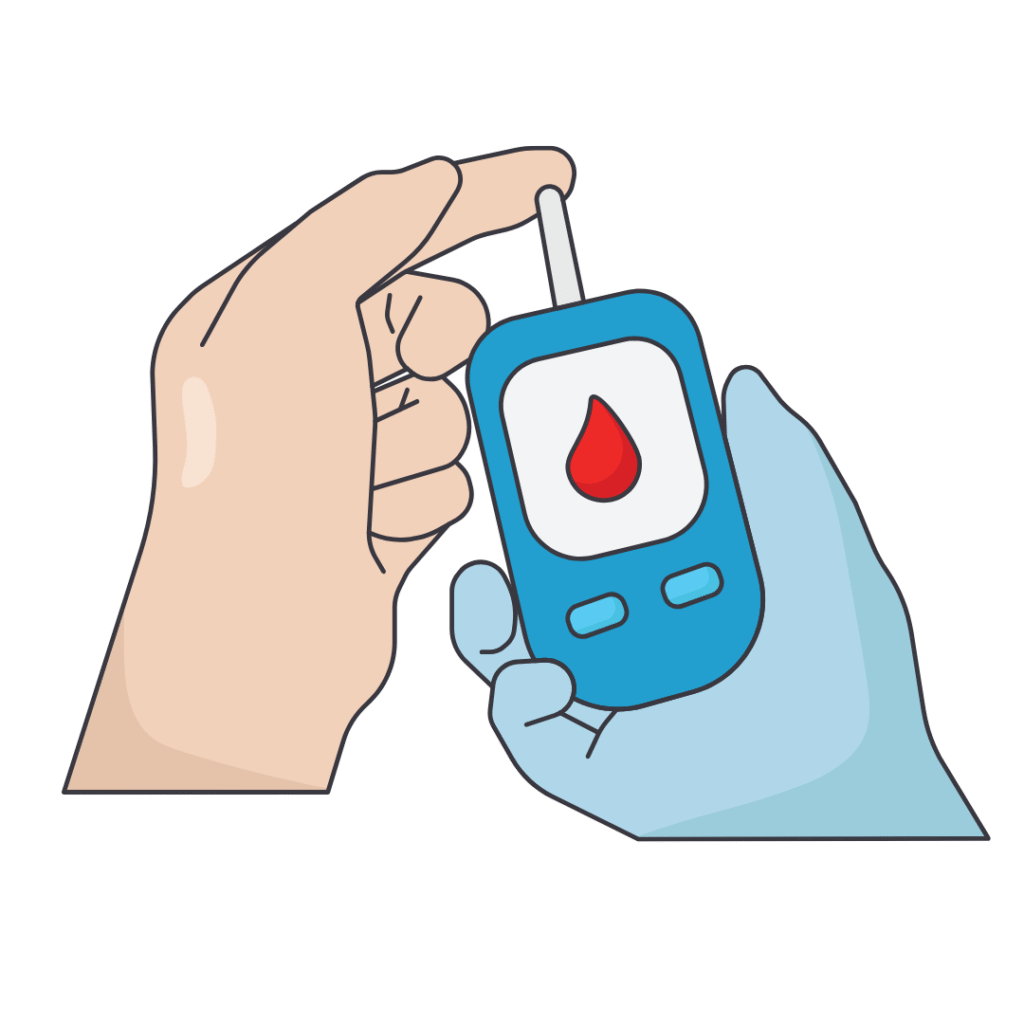
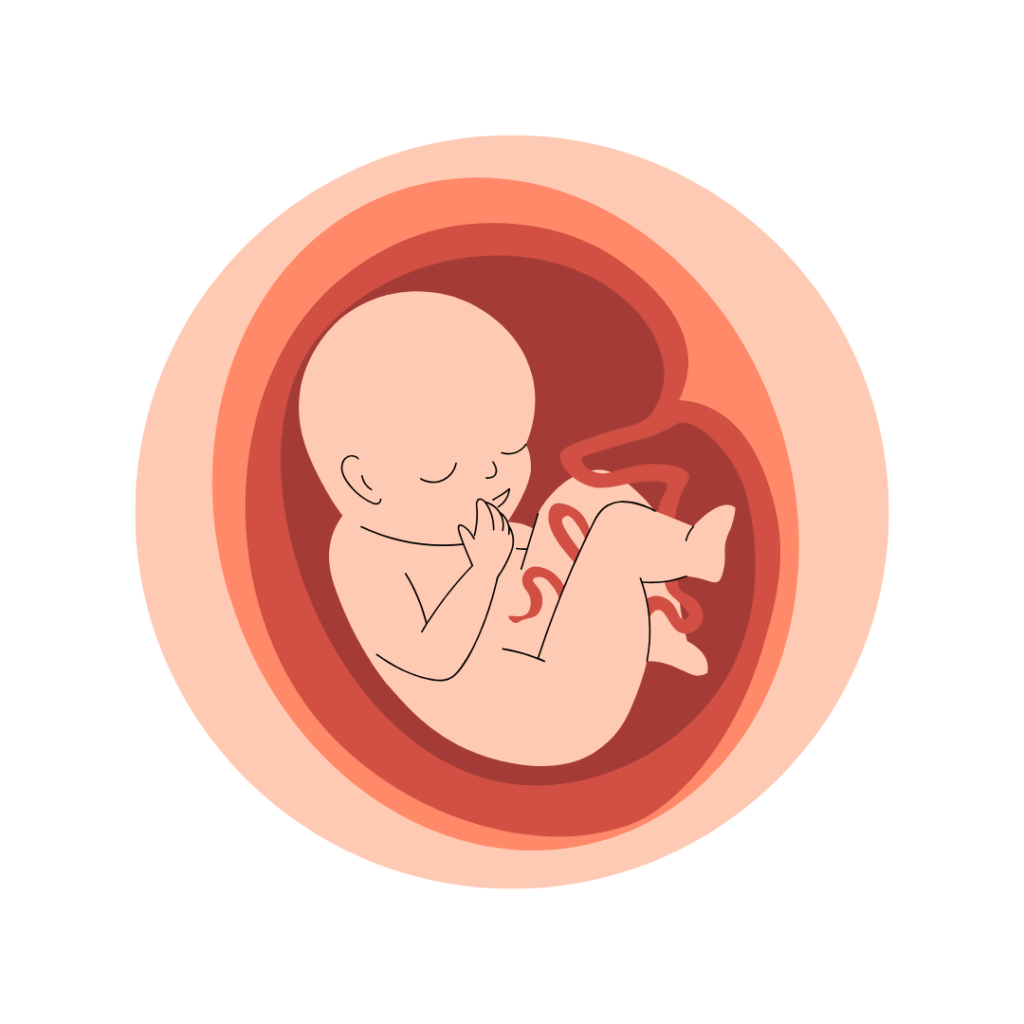
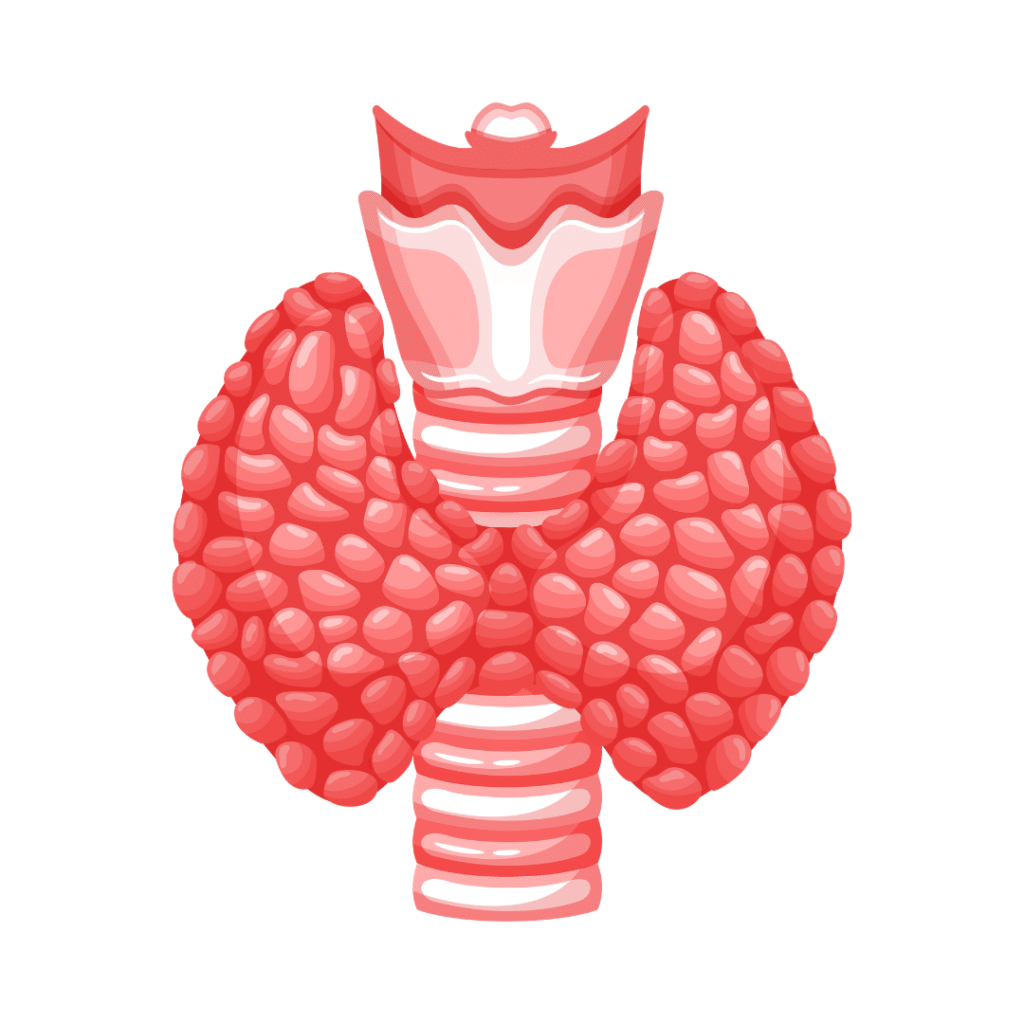
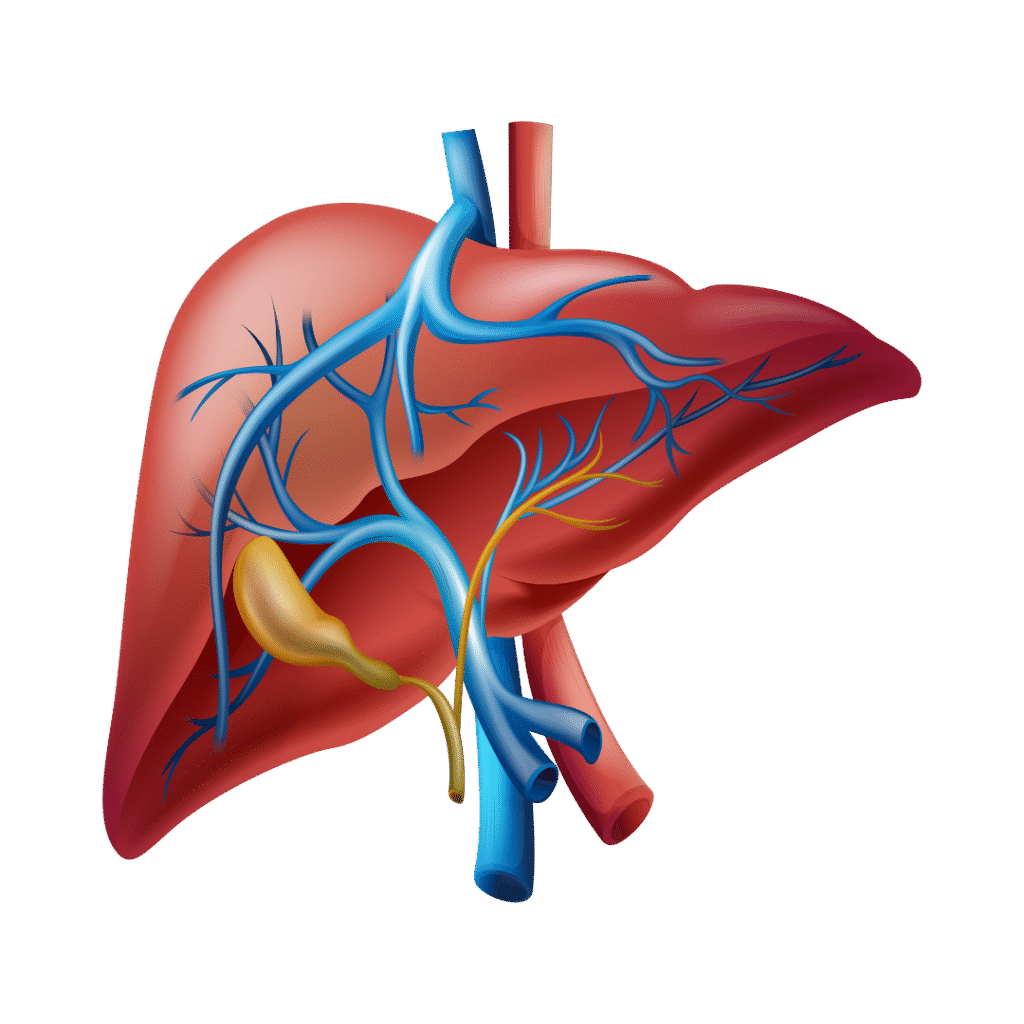
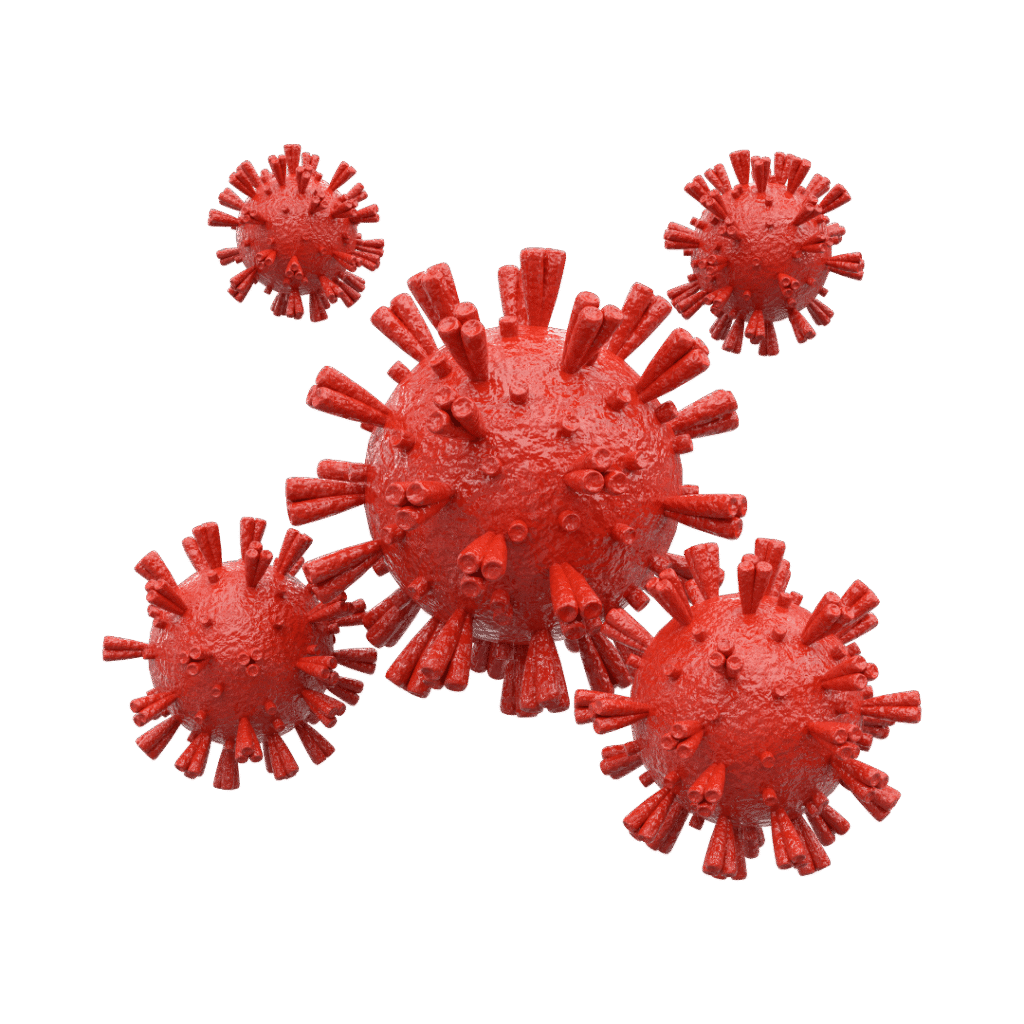
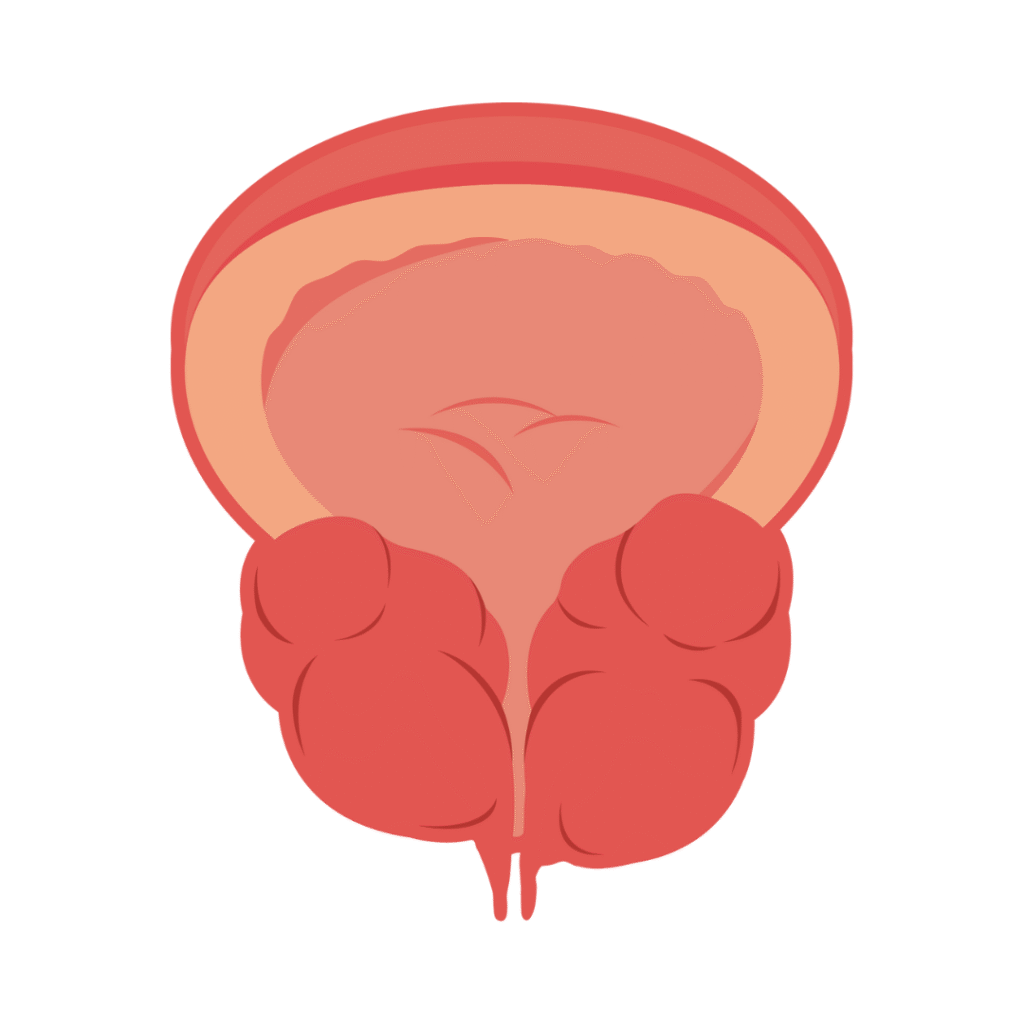

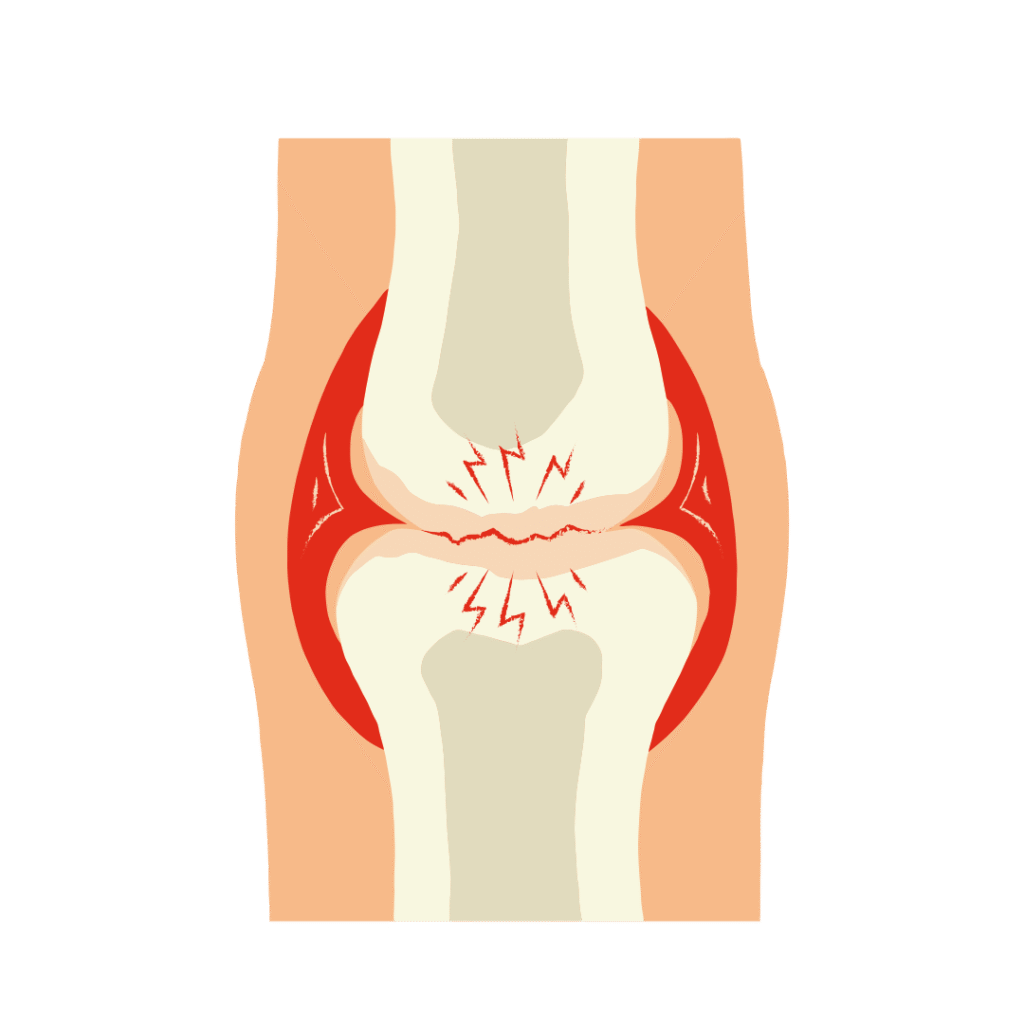
Diabetes
Pregnancy
Thyroid
Liver
Covid
Prostate
Fertility
Bone

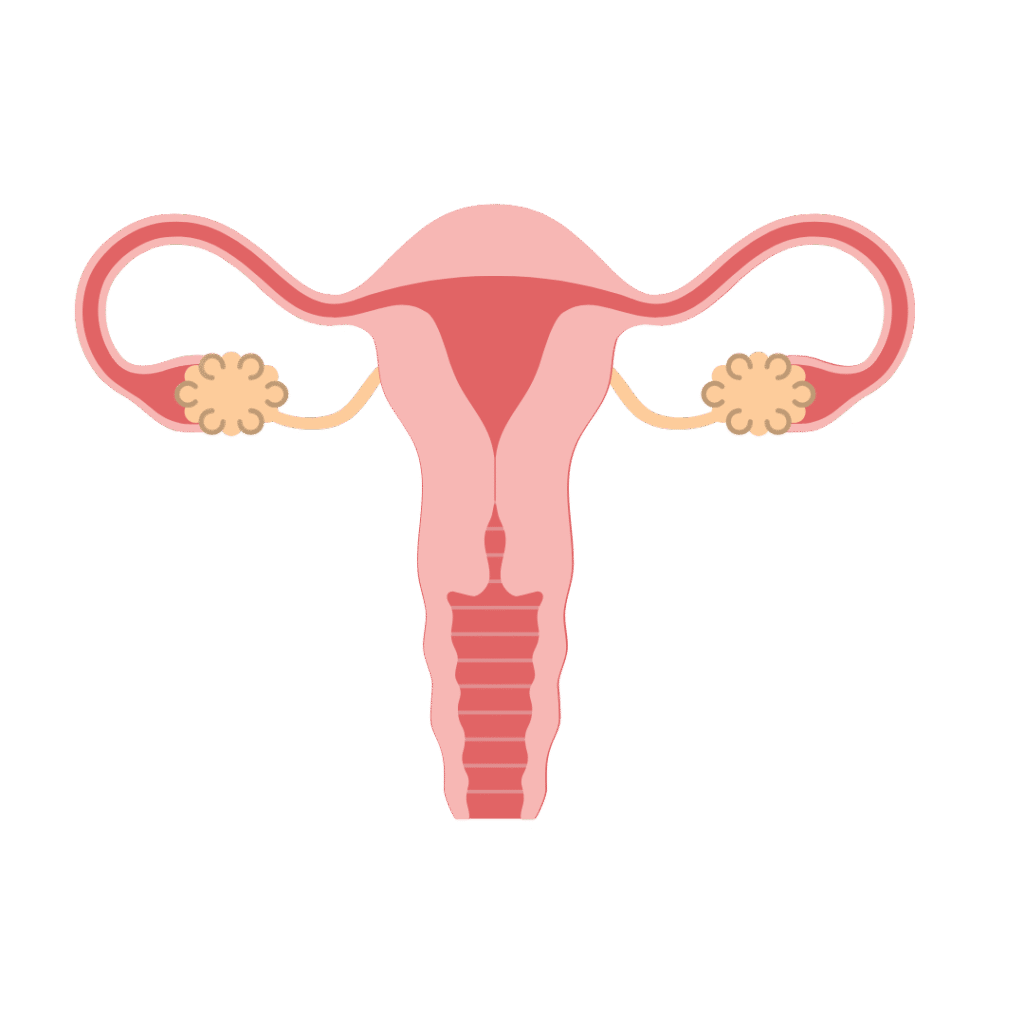

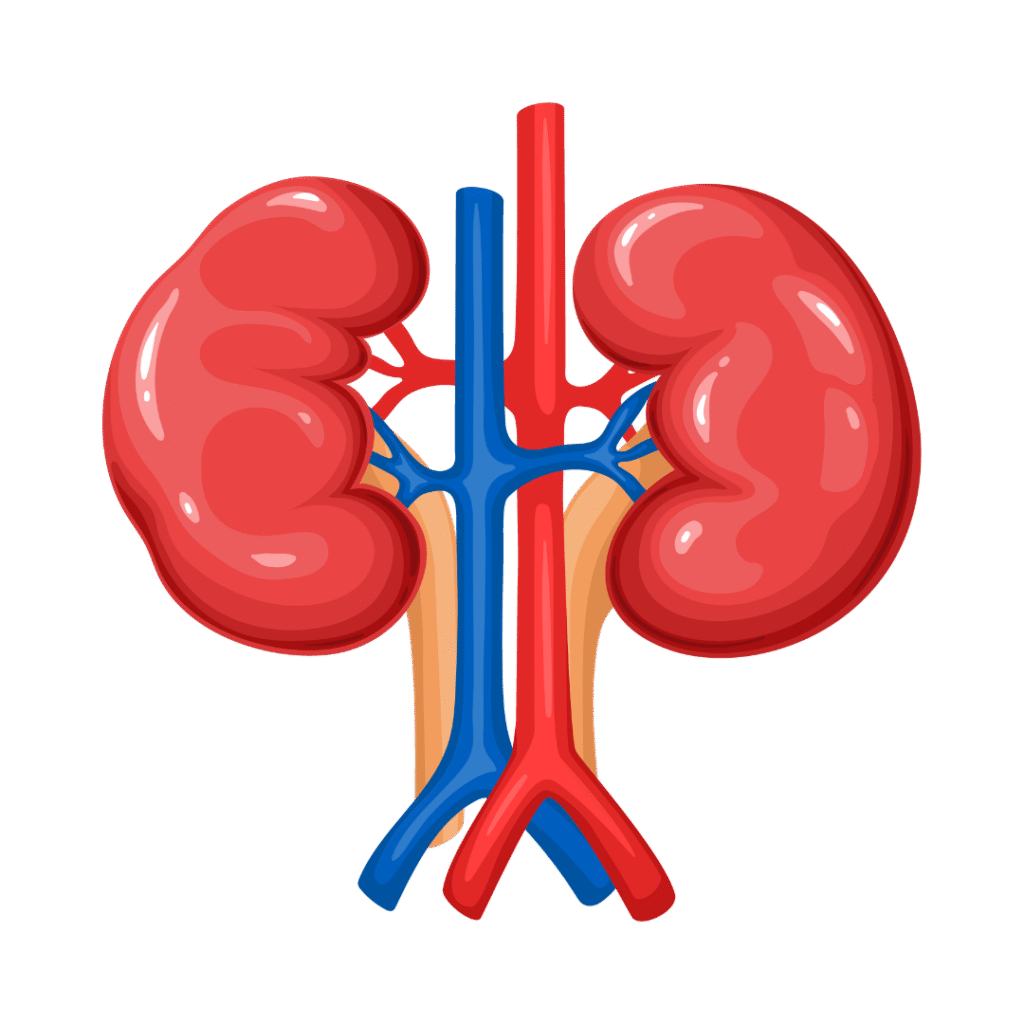
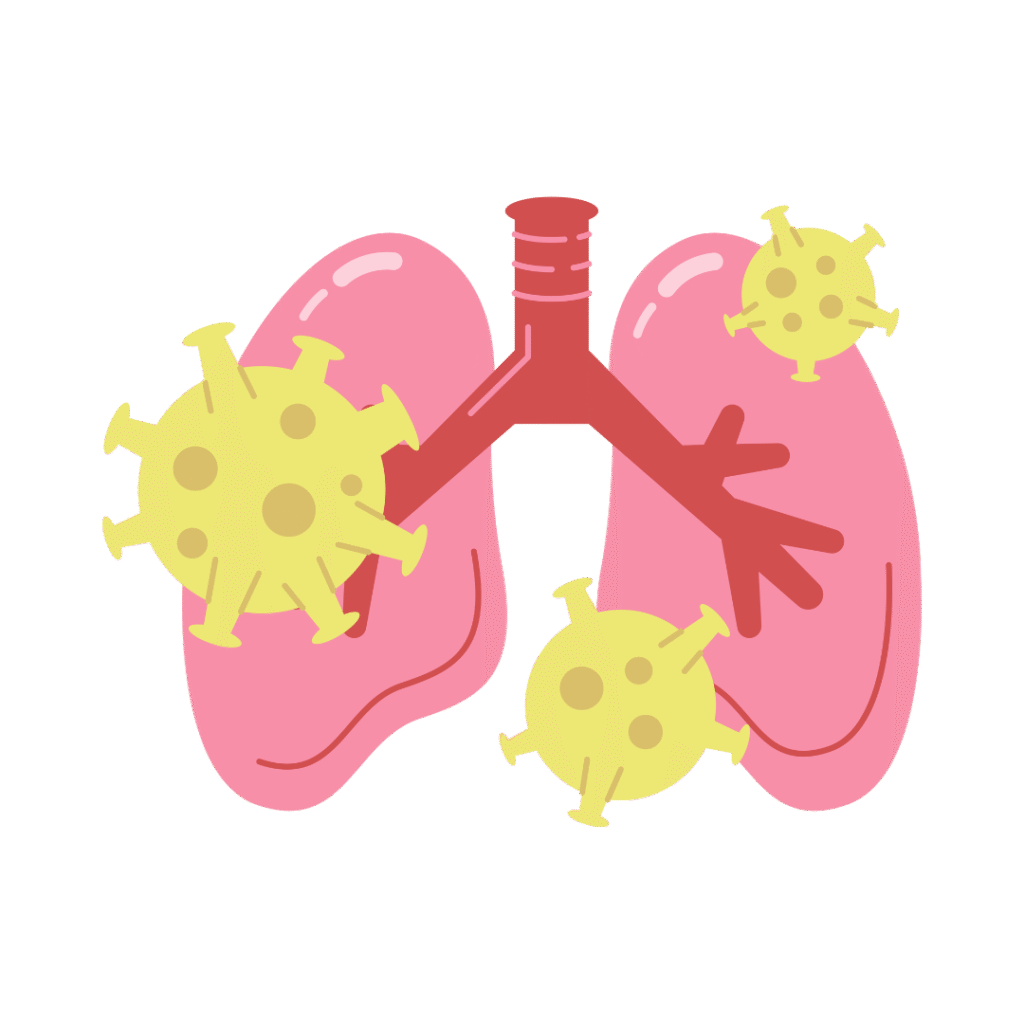
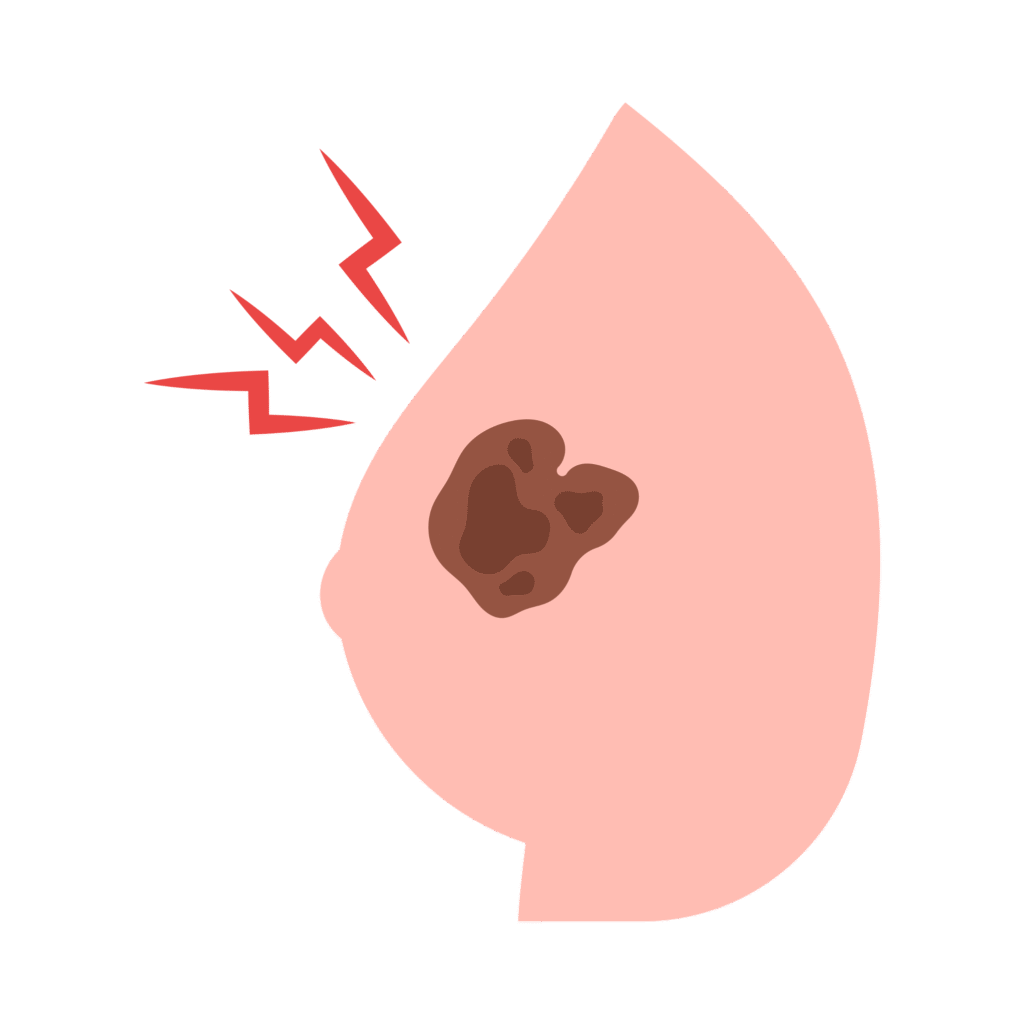

Gastro
Cervix
Heart
Kidney
cancer
breast
Vitamins
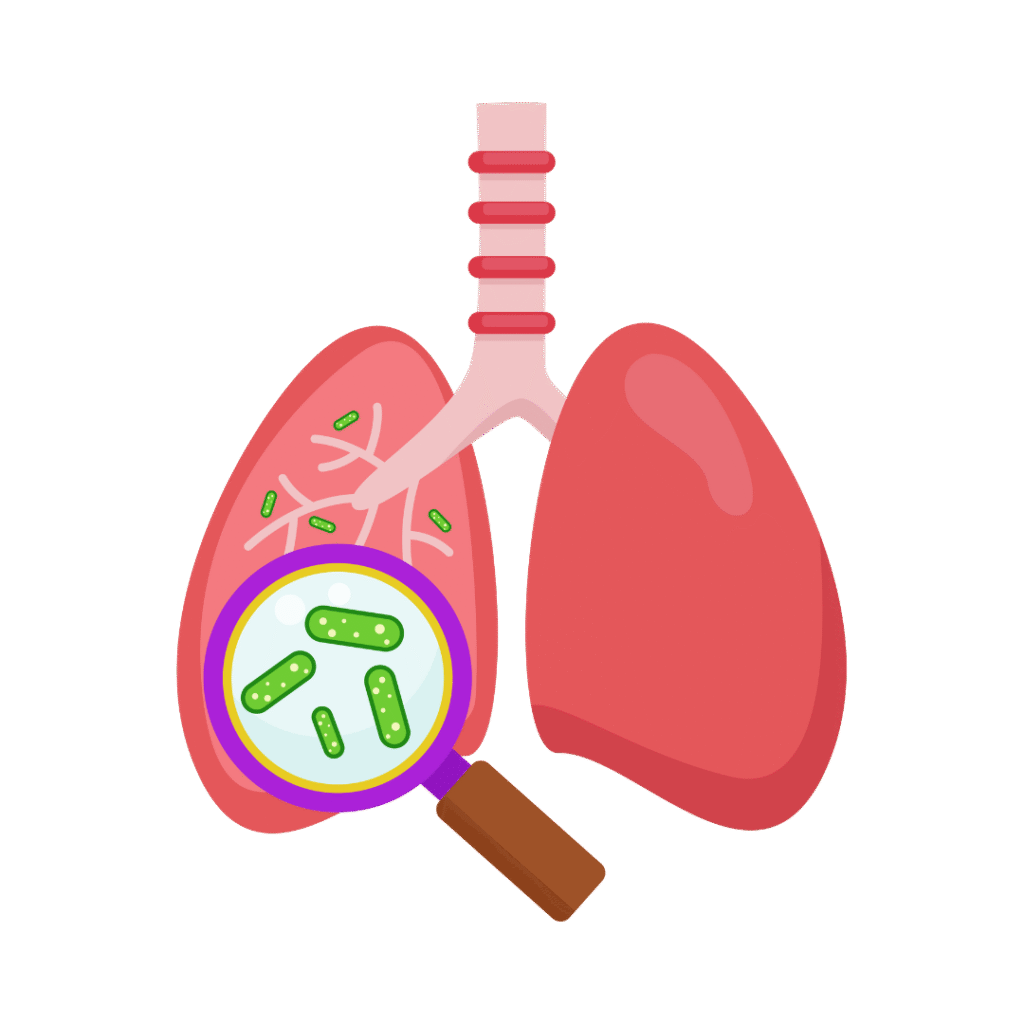
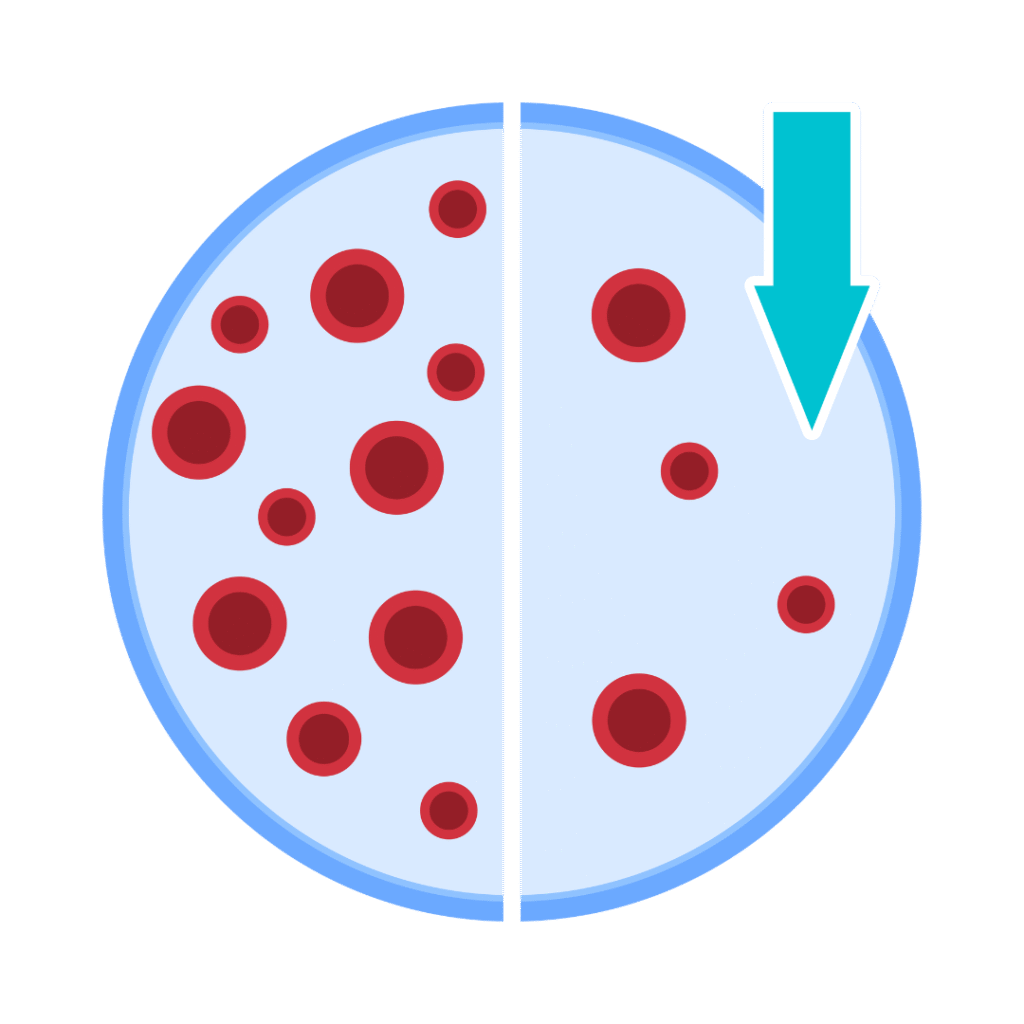
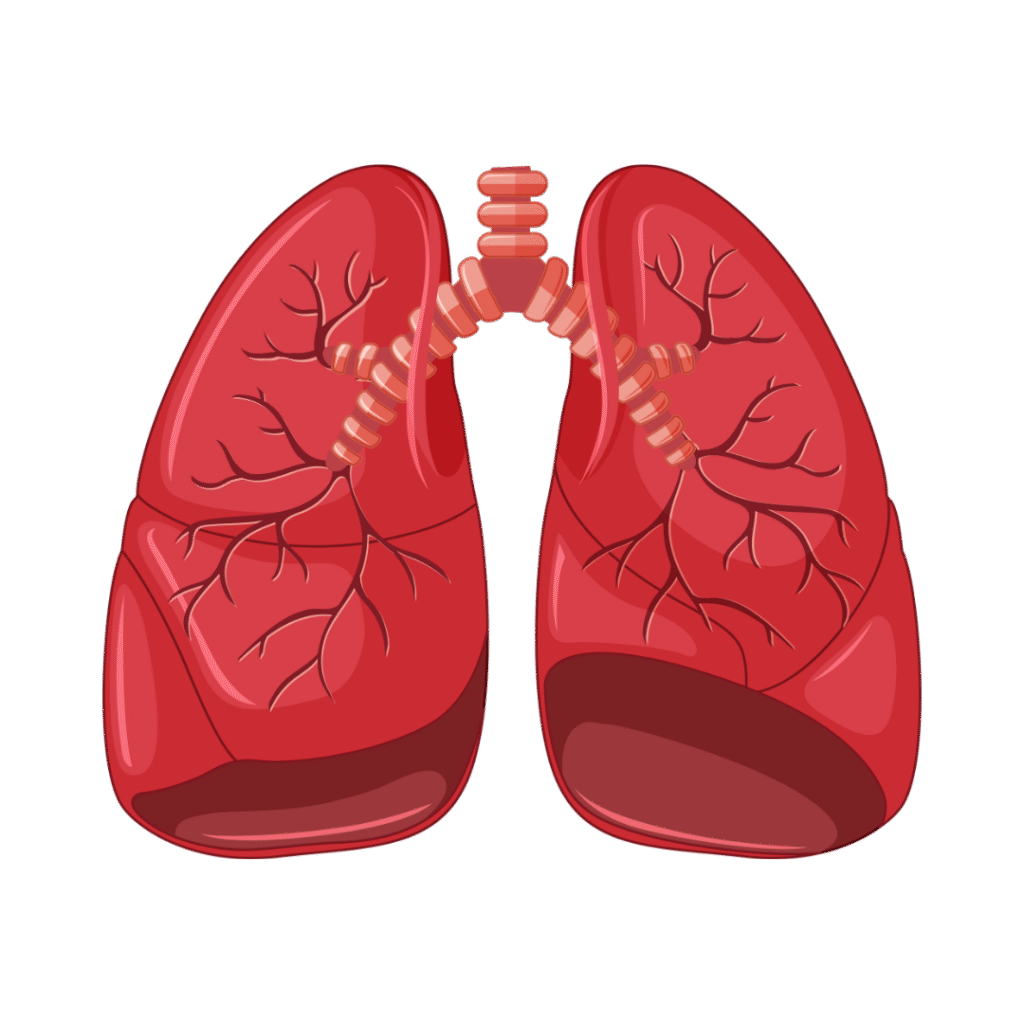


Tuberculosis (TB)
Anemia
Lungs
Fever
Allergy
Frequently Asked Questions
Histopathology is the study of diseased tissues under a microscope. It helps diagnose various conditions, especially cancers, infections, and inflammatory diseases, by examining tissue samples from biopsies or surgeries.
Common samples include:
Biopsy specimens (skin, breast, prostate, etc.)
Surgical excisions (tumors, organs)
Pap smears & cervical samples
Endoscopic tissue biopsies
Cytology specimens (body fluids, FNAC)
Samples are collected by doctors through:
Biopsies
Fine Needle Aspiration (FNAC)
Surgical procedures
These are then preserved in formalin and sent to the lab for analysis.
Histopathology studies solid tissue sections from biopsies or surgeries.
Cytology examines individual cells from fluids or FNAC. Both are used to detect disease, especially cancer.
Histopathology reports typically take 3 to 5 days, depending on the complexity. Special stains or immunohistochemistry may take longer.
Yes. Histopathology is the gold standard for diagnosing cancer, identifying the type, grade, and extent of malignancy.
No preparation is needed for the test itself. However, your doctor or surgeon will guide you on biopsy or FNAC procedures.
Slides are reviewed by qualified pathologists, often with subspecialty expertise, to ensure accurate diagnosis and interpretation.
Yes. If requested, we provide review and second opinion services by senior histopathologists or can share reports for external consultation.
Yes, histopathology tests are usually covered under insurance if prescribed by a registered medical practitioner. Check with your provider or our billing desk for details.
